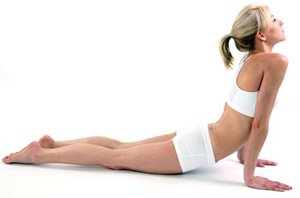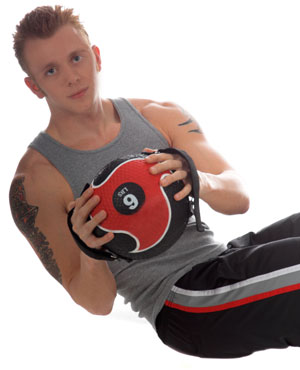Fall!


It has begun: the fall season, and with it, the natural fattening up process that mother nature intended to be protective for us, as winter sets in and supplies diminish. But, as luck would have it (and we ARE lucky), supplies are pretty consistent, thanks to trucking and airplanes bringing fresh food our way from warmer climes.
Still, have you found yourself craving sweets? What about warm, hearty foods and lots of fresh bread? Watch out: you may be adding as many as 500 calories without even realizing it, and the increased bread consumption can trigger an additional increase in appetite (Dr. William Davis, Wheat Belly). This is the time to reevaluate what you are eating, and explore new and exciting spices, warm stews, and soups that will satisfy your seasonal craving for more without adding an extra inch to pinch.
I have also noticed the typical loss of energy that goes right along with less daylight, and less sunlight. Make sure you are getting some bright light going early in the morning to get your day going, and exercise, which helps to elevate those feel good endorphins! So, with those items in mind, here is a great recipe to try to keep your tummy full, without filling up your jeans!
And then, let's add an exercise of the week, for good measure:
Think of this as a back extension for lower back, as well as obliques. You are face down, with your hips and abs on the ball. Lift the chest up, and slowly rotate to one side, and return to the starting position. Then repeat on the other side. Work up to 2 sets of 12 per side.



.jpeg)
.jpeg)



